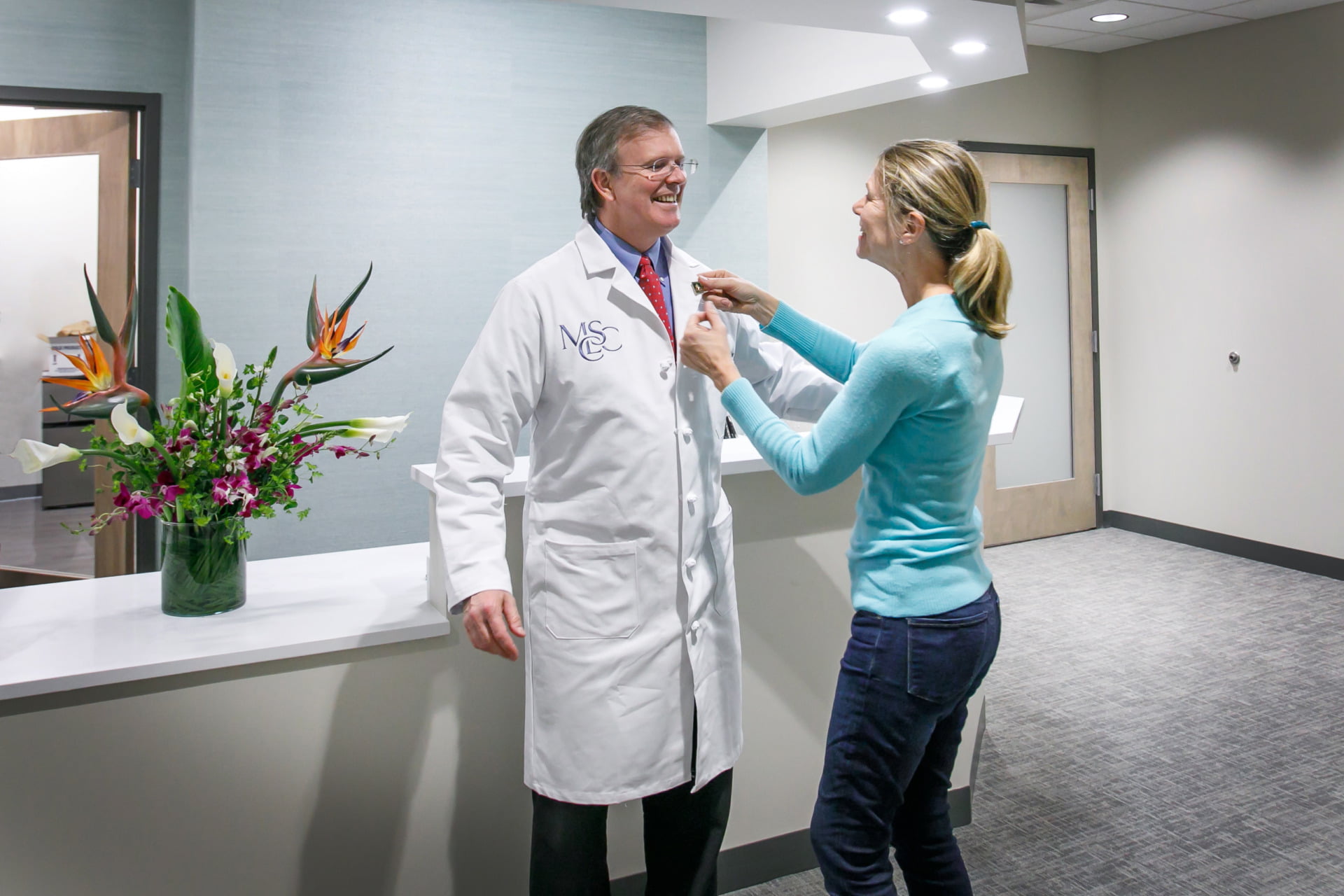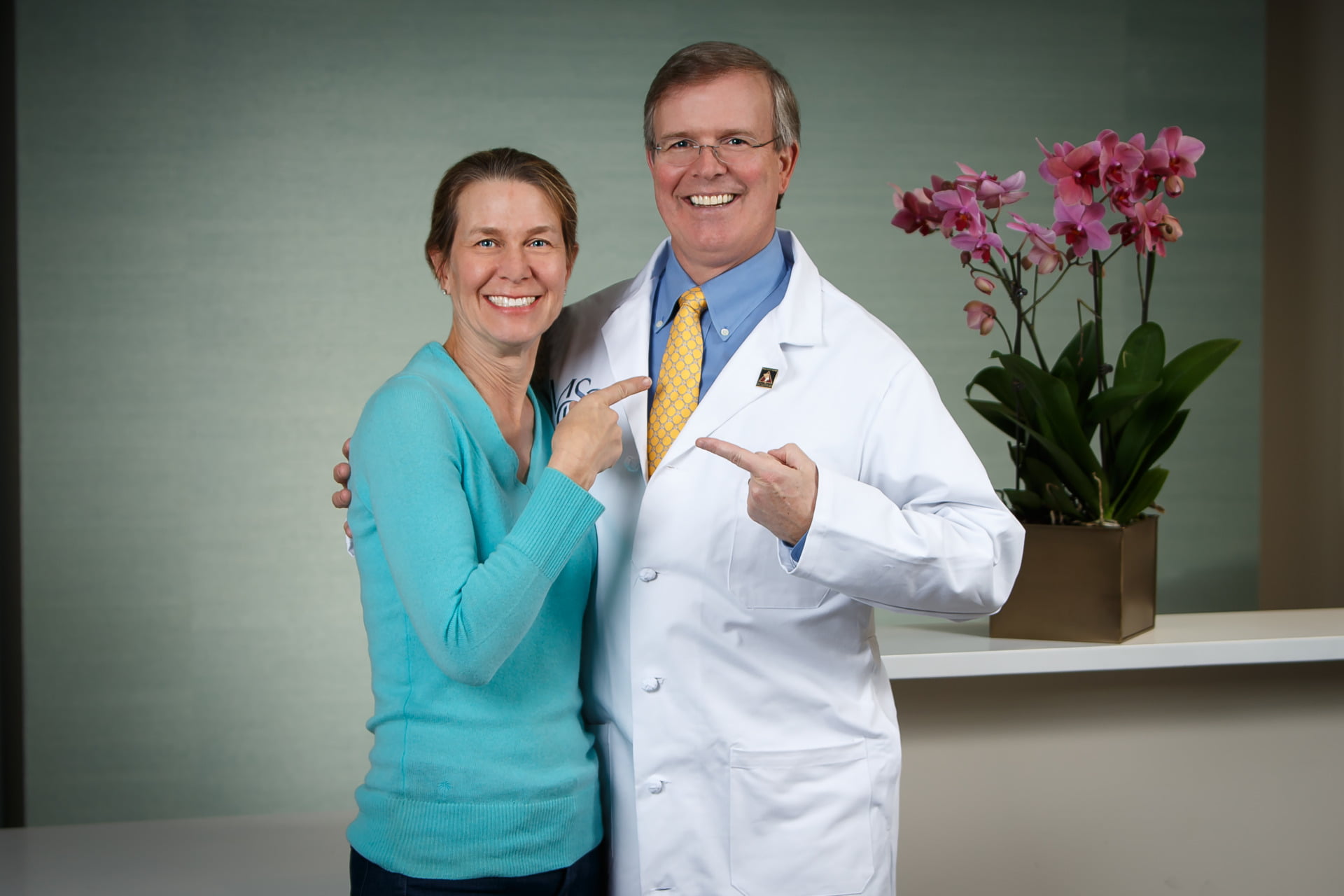Our Practice
Plastic Surgery Office Serving Philadelphia, Bryn Mawr and the Main Line
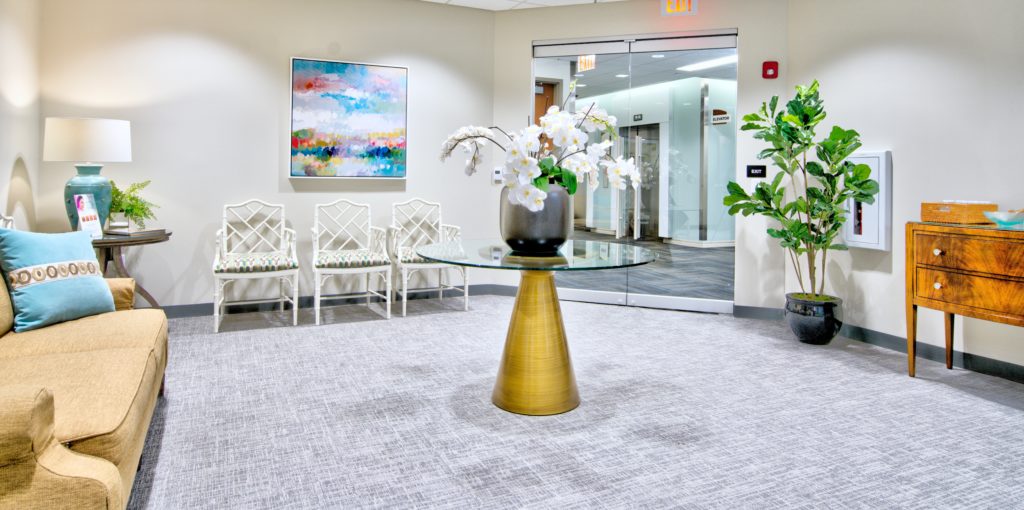
Choosing a plastic surgeon involves more than just seeking a skilled practitioner. The right plastic surgeon for you is also an advocate in guiding you through the decision process both physically and emotionally. R. Brannon Claytor, M.D. is an expert plastic surgeon. He strives to give each patient the personal attention that enables him to understand your goals and to develop a treatment plan to meet those goals. With over 20 years of experience as a cosmetic plastic surgeon, Dr. Claytor helps patients to decide what is best for them based upon their individual needs and desires. Dr. Claytor has extensive experience in all aspects of cosmetic breast, body, and facial surgery, and he prides himself in his compassionate care to patients. Dr. Claytor’s knowledgeable, dedicated and caring staff look forward to guiding you through the process.
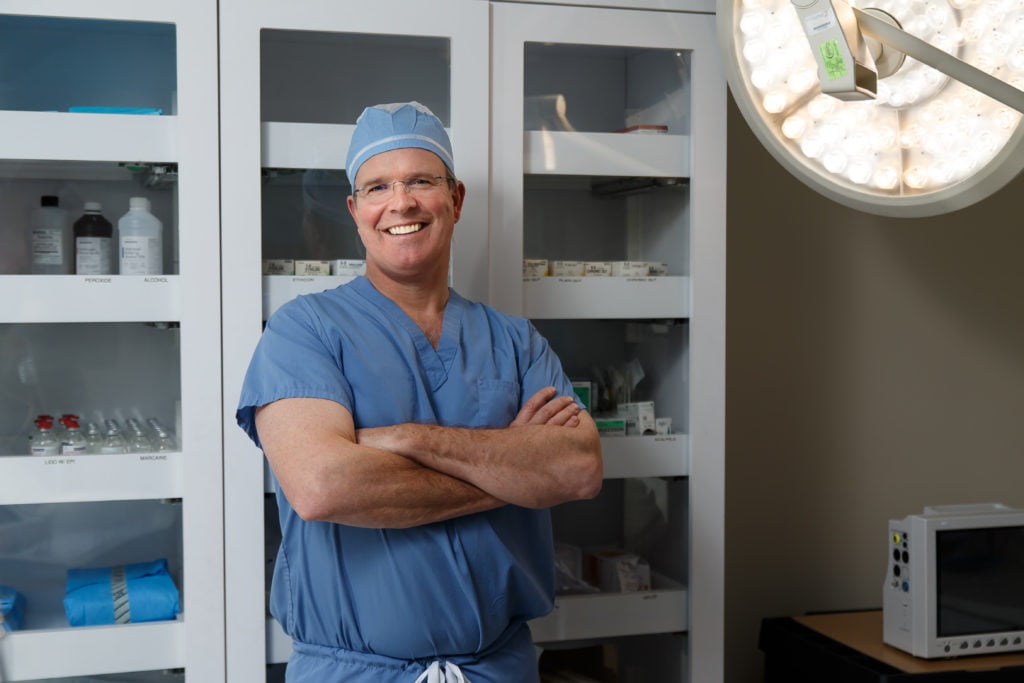
R. Brannon Claytor, M.D. is a board-certified plastic surgeon in Bryn Mawr, specializing in cosmetic surgery of the face and body, and breast. He works closely with each patient to develop an individualized plan of treatment and is dedicated to helping you achieve a natural post-surgical look.
Our practice is located near the Bryn Mawr Hospital in beautiful, discreet offices on Bryn Mawr Avenue. In addition to our convenient location, you will find our office easy to access with FREE parking.
If you are interested in scheduling a consultation, contact our office today at 610.527.4833.
Our Office

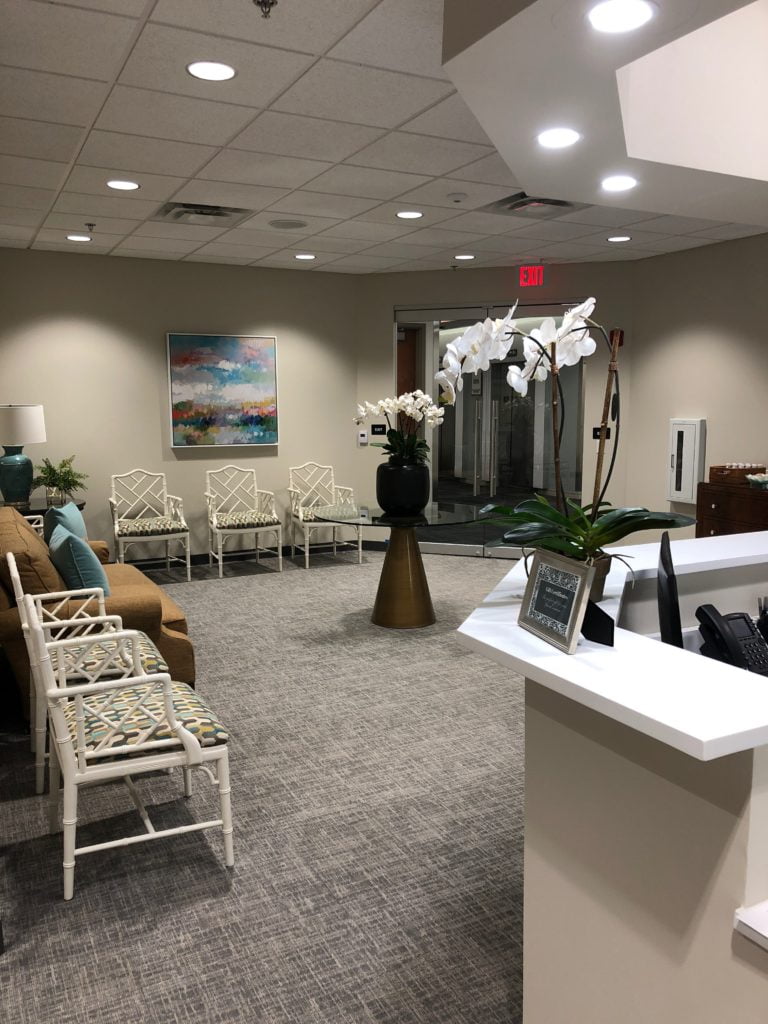
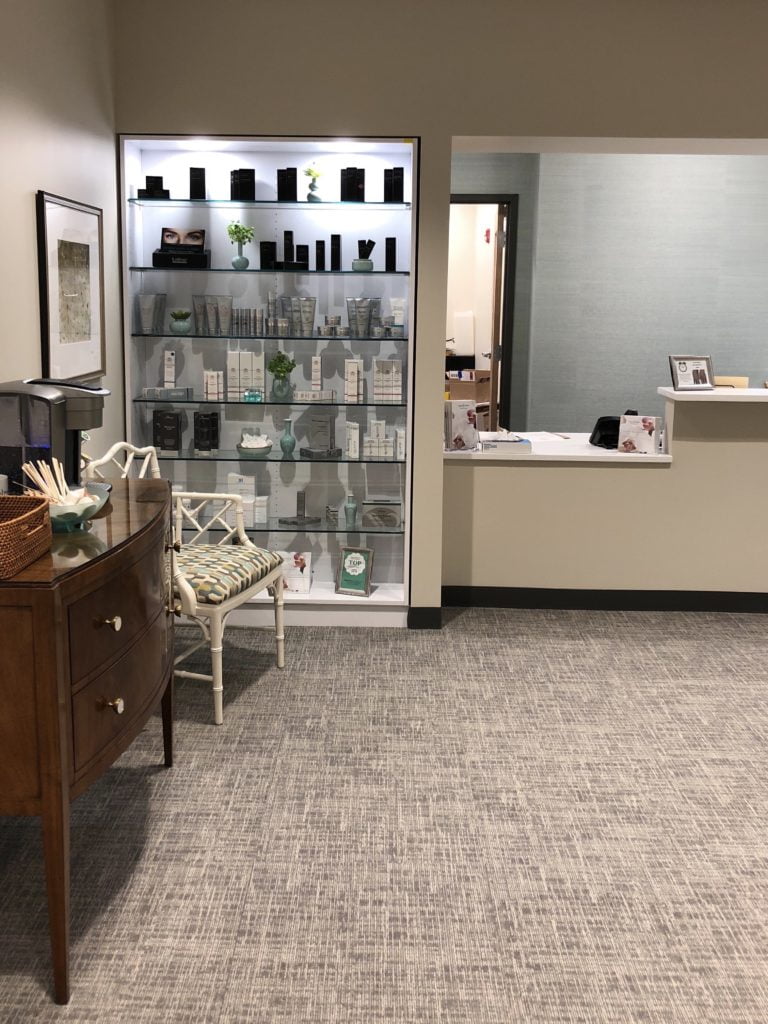
The Consultation
Dr. Claytor’s office hours are Monday – Friday from 8:00 am to 5:00 pm.
After you have completed all necessary paperwork at the reception desk, you will be shown a video that generally covers your area(s) of concern. Dr. Claytor will then evaluate you, review the procedure(s) available to you, and if indicated, develop a plan for surgery. If your appointment is for surgery concerning the face we request that you do not wear any makeup to the office or plan to allow enough time to remove it when you arrive prior to your appointment time.
We also ask that you refrain from bringing cell phones or small children with you into the examination room as these may interfere with providing you a thorough and complete evaluation. The final part of your appointment will include photography and meeting with a patient coordinator to discuss scheduling and financial arrangements. We strive to make every consultation as personalized and informative as possible. Please be informed, however, that this initial visit may take up to two hours.
It is often helpful to bring a list of any questions you may have. See our Essential Guide to Plastic Surgery for a list of questions and also information about plastic surgery. After your appointment, if you should have any additional questions or concerns, you are welcome to return without charge to review your initial consultation. Feel free to contact our office staff with any questions after your evaluation.
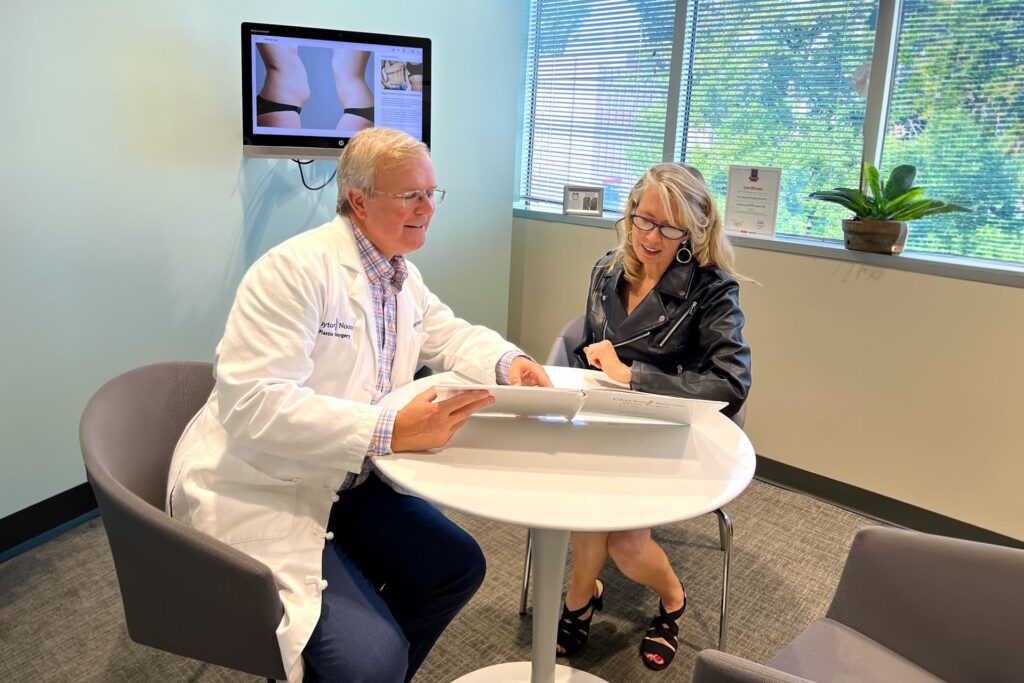
Office Availability
The office staff will be available to you Monday through Friday from 9:00 am to 5:00 pm. Should you need emergency assistance after 5:00 PM or on weekends, the doctor on call can be reached through our answering service by calling our office number 610.527.4833. If Dr. Claytor is away or not available, he will be “signed-out” to another qualified plastic surgeon in our emergency call group.
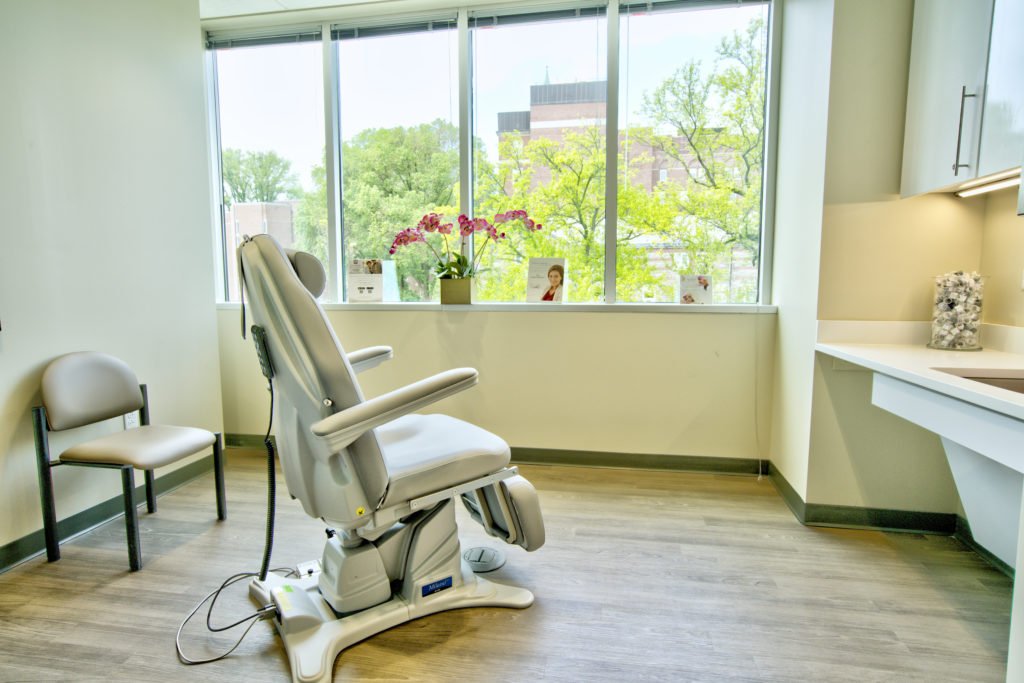
Get a second opinion—it doesn’t cost a thing!
Seeking a second opinion exhibits sound judgment. You have made the decision to pursue a surgical procedure. But perhaps you still have questions or concerns following your initial consultation. We welcome your inquiries and are happy to take the time to address all of your concerns and questions. It is vital that you know that your surgeon will provide the safe, expert care you seek.
If you have already seen a qualified doctor* for a cosmetic consult, you can receive a second opinion with Dr. Claytor. To qualify, simply mention this promotion when you schedule your consultation and bring us proof of your previous cosmetic consultation.
To schedule a private consultation with Dr. Claytor, please call 610.527.4833 and ask for our practice administrator, Debbie.
*“Qualified doctor” means any practicing plastic surgeon, facial plastic surgeon, or dermatologist. Doctors outside these specialties (e.g., OB-Gyn’s, family practitioners, etc.) do not qualify.

